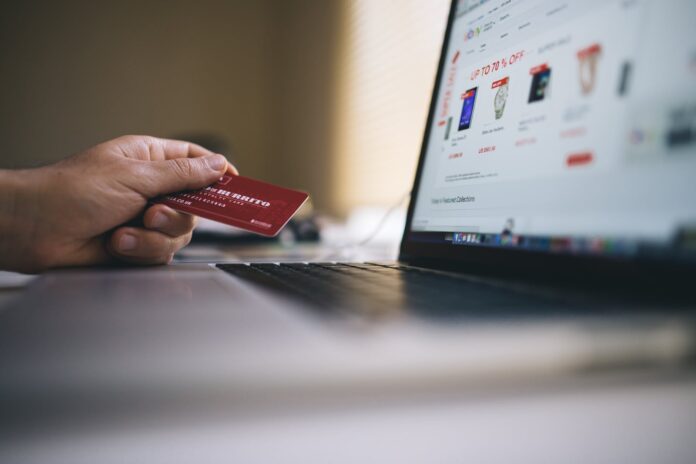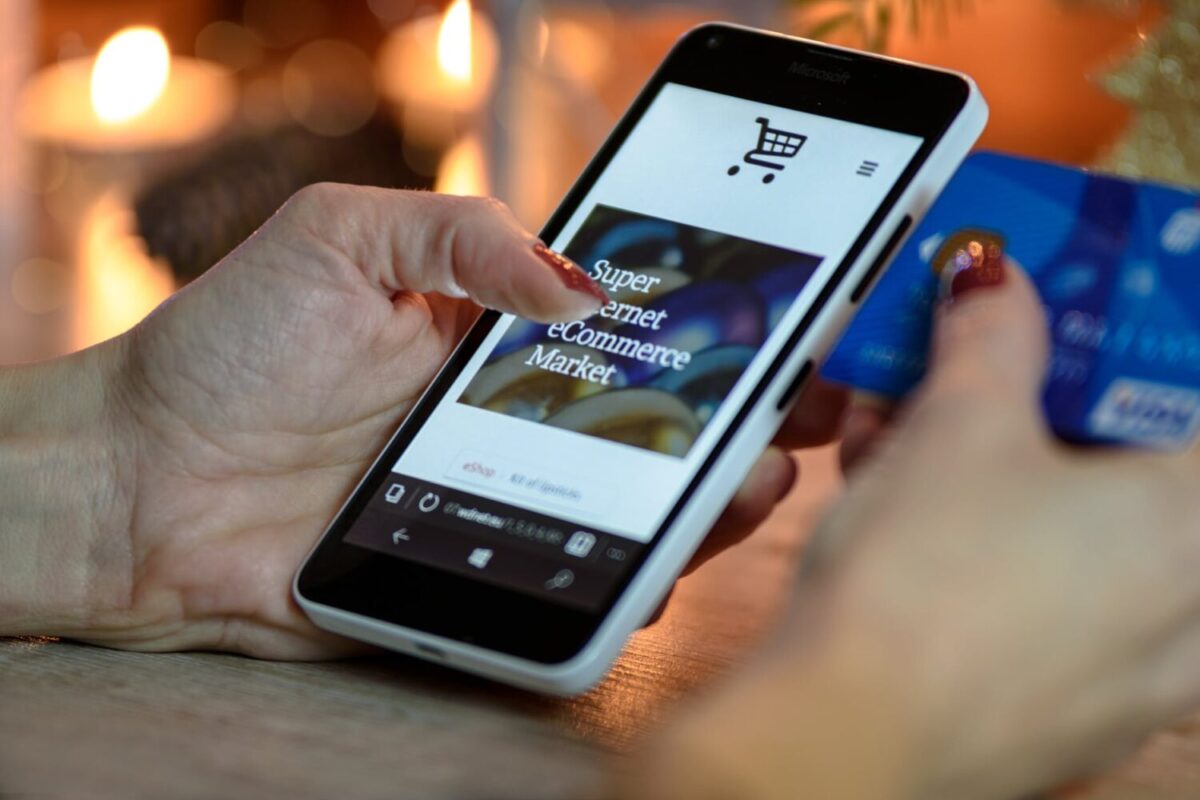
Using a Flexible POS System To Open Your Virtual Doors While You Wait For Customers To Come Through Your Glass Ones
Are you sick of seeing zeros in your sales reports during COVID-19 isolation? If you’re selling high-end clothing, home goods, art or other such items, it’s understandable if you weren’t particularly keen to open an online store.
Traditionally, luxury items are most effectively sold face to face. 360 degree photos and even the most scintillating product descriptions are no substitute for knowledgeable, convincing salespeople. However, with social distancing likely to remain in effect for quite some time, it will be critical to employ ecommerce sales solutions to complement your brick-and-mortar sales.
With the ability to completely customize the look and feel of your online store, you can enliven it with that personal touch that works so well to sell at a brick-and-mortar location. Combine this personalization with complete integration between your physical and virtual stores, and you can implement an omnichannel sales paradigm that will serve you well both now and in the future.
Determining What Will Sell

As you consider your online store, you’ll want to delve more deeply into your product catalog. Perhaps there are some products that make more sense to sell online during this period of isolation and physical distancing. When the demand for these types of products wanes, you could revert to your original sales plan or continue to sell these products based on their sales performance.
Going Online With a Retail POS System
Before you go too far in your quest to bring your shop online, you’ll want to know whether your existing retail POS system can synchronize your brick-and-mortar and online inventories. Many of today’s POS systems can do this; if yours can’t, you’ll need to consider whether it makes sense to invest in one that can. Many retail cloud POS companies are sensitive to the need to venture online during this period and offer discounts to help you make the transition without breaking your budget.
Selecting an Online Storefront

Beyond integration with a POS system, which ecommerce package you choose largely comes down to your personal preference. Almost all offer a free trial or some way for you to get a look at the system before you put money down. This allows you to examine everything from the backend management capabilities to the available storefront themes and pick a system that makes the most sense to you.
If you’re not a technical wiz, you’ll want to make sure the system you choose does not require you to do any coding in order to fully utilize all key features. This is true of most modern systems, but some of the cheapest ones require more technical know-how.
“You get what you pay for” applies to ecommerce systems, however, you may be able to get up and running with relatively little outlay. POS systems with ecommerce components such as Lightspeed currently offer three months free to allow you to get up and selling without spending a small fortune on your online infrastructure.
Before you go online, you’ll need a domain name. This is the pointer which directs people to your store; the name people will type into the address bar of their browser in order to pull up your site. It can be challenging to find a name that hasn’t already been taken by someone else, but many times you’ll come across a domain that is no longer active which you can purchase from the current owner. When selecting a name, try to include the type of product you’re selling as this will help immensely with the ability of prospective shoppers to find it when they’re searching for businesses like yours.
Customizing Your Store
Before you actually open for business, you’ll want to go beyond the cookie-cutter theme or template you selected and make your store your own. This can include:
- A home page video introducing yourself and your catalog;
- A font and color scheme that encapsulates your style;
- Background images that make your store stand out from the competition;
- A Product carousel that gives shoppers a tempting glimpse of your offerings at a glance;
- And a whole lot more.
Think of this as similar to making a physical retail space your own. You want it to reflect who you are while making it as simple as possible for shoppers to find what they’re looking for – and tempt them with impulse buys at the same time!
Marketing Your Online Store

There are myriad ways to market your online store, from email to text message to pay per click ads. The methods you choose will largely depend on your budget, with pay-per-click being the most expensive and email and text message being the least.
Perhaps the most effective way to market a specialty shop – online or off – is via social media. Social networks as Facebook and particularly Instagram allow you to get the word out regarding your offerings with photos which can suck in your audience. Today’s top ecommerce systems can even integrate with social media, allowing prospects who discover you through these channels to make purchases with just a few clicks.
If you’ve already got a brick-and-mortar shop, you should already have established a social media presence. By scaling up your postings through the use of tantalizing images, you can start creating buzz well in advance of your online store’s actual opening. That way, once you open, your followers will be eager to buy as soon as you let them know you’re ready.
These times present a plethora of challenges for anyone trying to open a retail store. But by phasing your opening, offering products in highest demand, and ensuring your potential customers are aware of your shop, you can come through this challenging period for retailers with an effective paradigm that brings you sales both online and off.
If you are a retailing business, we would like to hear how you are managing your brick store during COVID-19 isolation.

















